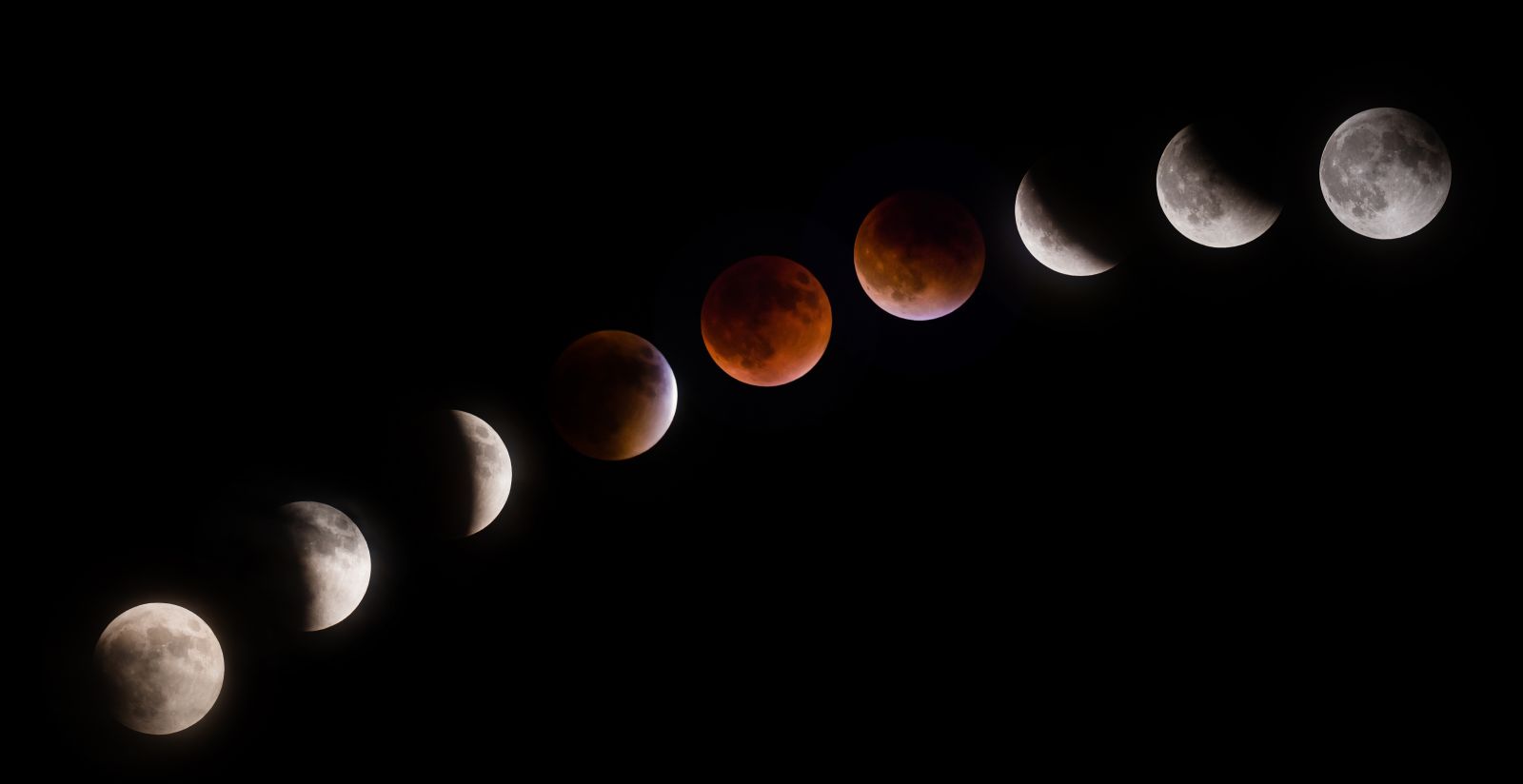
Craveology Cafe and the North Star Science Store are temporarily closed for renovation.

Make sure to set your alarms early tomorrow morning if you’re in San Diego! A total lunar eclipse will be taking place around the earliest hours of the morning. The Super Flower Blood Moon will be visible to stargazers all over the world, although not everyone will get to witness the eclipse at its peak.
A Super Flower … what?
The Super Flower Blood Moon gets its name from a combination of things. Not only will we get to witness a lunar eclipse, but this Moon will also be a Supermoon and a Blood Moon. The “Flower” in this moon’s name stems from the fact that this full moon takes place in May, which is a time when many flowers are blooming, according to Native American, European and colonial American sources.
Wait, so will this be an eclipse or a supermoon?
It will be both! A total lunar eclipse happens when the Moon passes the Earth’s umbra—the Earth’s dark shadow—and all the direct light coming from the Sun is blocked out from lighting up the Moon. It will also be a Supermoon, which means the Moon will also be at perigee—the Moon’s closest approach to Earth—which will make it appear larger than usual.
Why is it also called a “Blood Moon”?
During a total lunar eclipse, the Earth passes between both the Moon and the Sun. When the Moon is obscured by Earth’s shadow, the Moon gives off a deep red hue. This will last for approximately 15 minutes.
Who will be able to see all of this?
Stargazers in western North America, the Pacific Ocean, eastern Asia and Australia will get the chance to witness the total lunar eclipse, while the rest of the world will be able to see the Supermoon but not the total lunar eclipse. The total lunar eclipse will begin at 1:47 a.m. in San Diego and end at 6:50 a.m., with peak totality—the "blood moon" stage—occurring at 4:16 a.m. So, set your alarms, go to a place where you can clearly see the western horizon and enjoy the show!
Sources